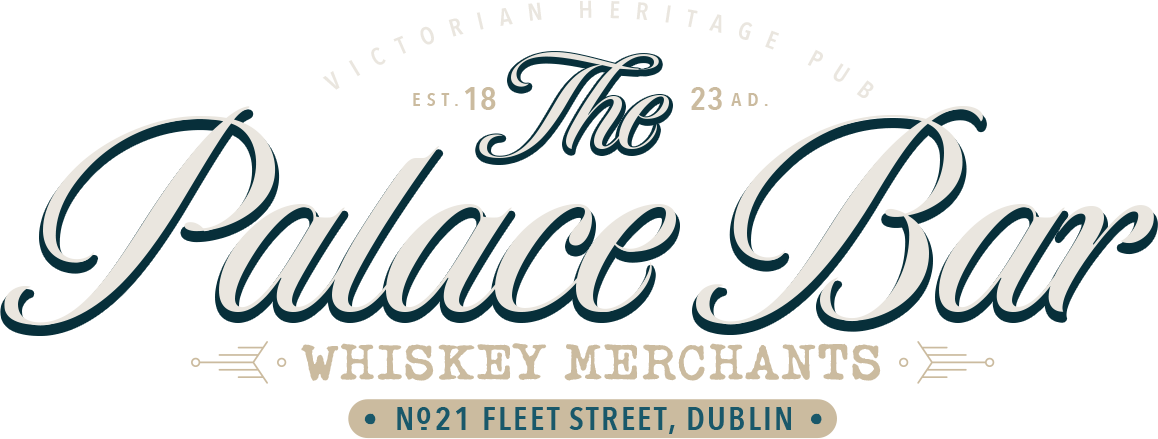
Dublin Culture and Back Room.
The back room of the Palace bar ascended into literary fame in the 1940s when its clientele numbered the educated, professional classes and the aspiring literary set. At that time, a form of liberal rebellion was stirring in stale and conservative Ireland. This new movement was given expression by the emerging works of a new generation of writers, poets and artists. Church and State were not enamoured by this development and banned this outpouring of free expression. The works of Benedict Kiely, Seán O’ Faoláin, Eric Cross and Liam O’Flaherty were but representative of the many pub-going Irish writers who had their literary output banned during these years.
But the movement continued unabashed in the back room of the Palace bar. As the night wore on the Guinness, whiskey and chasers flowed endlessly and the conversations became more animated, lively and sometimes contentious. The clientele increased in number as writers like Kavanagh and Behan, though not as formally educated as the professional classes, gave passionate expression to the possibilities of a less restrictive and more culturally conscious Ireland.
But many just came for the drink and the entertainment value. Word of the Palace University of life spread like wildfire and soon visitors from abroad ventured to the Palace attempting to understand and share in the magic. A New Zealand cartoonist named Alan Reeves had been in Ireland for a time and ingratiated himself easily into the spirit of the Palace backroom. He was then commissioned by Switzer’s Department Store to do an exhibition of drawings on Irish life. And what better subject to feature than the clientele in the Palace back room?
Alan Reeves’s masterpiece was a drawing entitled ‘Dublin Culture’, which was first exhibited in Switzer’s store in 1940. The subject matter was the cartoonist’s representation of the characters that nightly populated the Palace back room. All the characters of the age were creatively depicted here: Francis McManus, Donagh McDonagh, Austin Clarke, Padraig Fallon, Seamus O’Sullivan, Cathal O’Shannon, Sean O’Sullivan, Harry Kernoff and centre stage, the great man himself, Bertie Smyllie. Paddy Kavanagh is depicted standing up, about to leave, perhaps an omen that Paddy would soon span his wings and depart to McDaid’s. Alan Reeves’s great masterpiece was autobiographical in that he himself is seated at table on extreme left with black suit and beard.
Alan Reeve’s ‘Dublin Culture’ has been the subject of much discussion, editorial and documentary in the intervening decades. But the real value of ‘Dublin Culture’ lies in the reality this art form has become a repository of history and a primary agent of culture. And while postmodern narrative is frequently accused of undervaluing history, it certainly values the telling of the tale – autoethnographic expression.
‘Dublin Culture’ remains a never-ending tourist attraction in the Palace Bar – and it continues today unabated.
